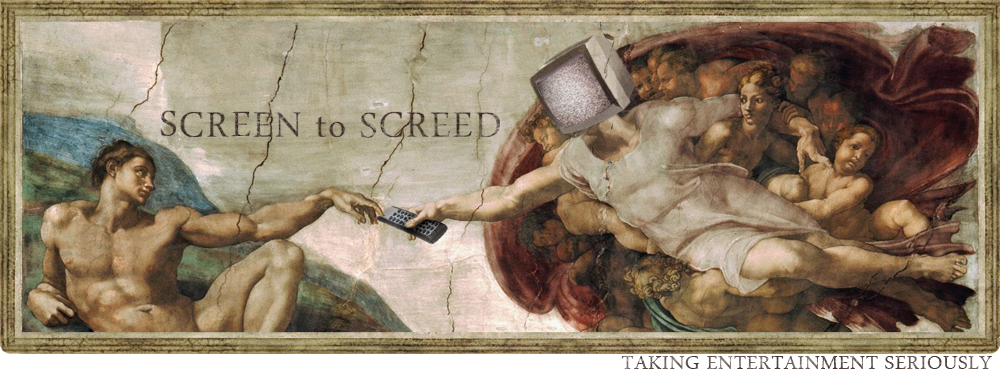As readers of The Trojan Mouse will know, modern Disney has taken on a woke new identity completely at odds with their roots. This makes for massive culture clash whenever new Disney meets its old self. The latest example of this clash is Disney's live action remake of Lady and the Tramp, just released on Disney+, the Mouse's new streaming platform.
Bringing this charming old relic in line with their dogmatic new belief system is no easy task. While the changes aren't quite as dramatic as those in the remakes of Alice in Wonderland, Sleeping Beauty (Maleficent) and Jungle Book, they are still glaring, and not for the better.
The original Lady of the Tramp came out in 1955, in the midst of the Disney Golden Age. It is the final chapter of what I call Disney's domestic trilogy, following Alice in Wonderland and Peter Pan. Each of these movies works as a strong cautionary tale for young women tempted to venture outside the warm, protective confines of the so-called "cult of domesticity" that dominates our cultural memory of the 1950's especially.
The original Lady pits its sheltered, thoroughly domesticated Lady against the philandering devil-may-care Tramp in a contest of worldviews. Tramp tempts Lady into a bohemian life of adventure and thrills and Lady counters with a loyalist preference for her duties as the protector of her humans and their baby. As you would expect in a Golden Age product, Lady's values win the day and Tramp leaves his swinging bachelor lifestyle to join her, first risking his life to defend the human baby and then settling down to father children of his own.
The challenge for the modern, woke Disney brand is how to pay tribute to this cutesy old charmer while gutting it of its "problematic" elements. In more zealous hands, it might have been easier. They could have just made Tramp's bohemian outlook defeat Lady's conservatism and end the story with them both on the road in polyamorous bliss, leaving those oppressive humans and their "civilized" norms behind them. But corporate Disney isn't usually comfortable alienating markets as huge (and politically diverse) as pet owners.
Fortunately, the woke religion offers a lot of outs and Disney takes advantage of them all. The first is the diversity indulgence. Introducing diversity to a formerly white-dominated space gets a story all kinds of woke brownie (pardon the color-biased language) points. Eager for the credits, the new Lady moves the action to New Orleans to retain the period setting while providing a half-hearted rationale for the scrupulously diverse casting.
After checking off the boxes for minority representation (including tiny cameos for a Korean doctor and a Guatemalan waiter), Lady does its best to excise the political incorrect bits from the original. Gone are the Siamese cats and their song, replaced lamely by a half-baked and pointless (but inoffensive!) musical number. Also scrubbed are the Mexican chihuahua and the beaver with the speech impediment.
The gender stereotypes are tougher to get around, being so deeply ingrained in the original and the setting, but the writers at least give it a college try. Tramp doesn't rescue Lady with his fighting prowess this time (instead he gets her to pretend she has rabies). She also gets a chance to rescue him later. The new Lady is less successful pushing Darling, the woman of the house, out of the cult of domesticity, but it tries to make up for it at the end. Stepping out of her protective bubble, Darling hands the baby to Jim Dear and dresses down the villain as Jim Dear watches. It's a pointless scene that makes sense only as a limp apology to the feminists in the audience.
Bizarrely, given the reputation of modern progressives as the sexual liberators, the new Lady is actually far more reticent on sexual subtexts than the original. Tramp's promiscuity is gone as a plot point. Even the Lady/Tramp puppies from the original ending are gone, replaced by a pair of adopted puppies. The remaining romance is painfully dull and sterile, epitomized by the bizarre update on "He's a Tramp," which makes little sense with such a sparse romantic subtext (and looks supremely weird with live action dogs dancing around with CGI-doctored lip syncing).
After cutting out the political incorrectness and traditional romance of the original, the new Lady takes on its greatest challenge with the worldview contest at the heart of the story. Leaving Lady's motivations mostly intact (though they do shift her away from a strict devotion to the baby and towards a more general sense of family belonging), they do the heaviest lifting with the Tramp. The original Tramp is a wild bachelor in need of domesticating. The new Tramp is an embittered stray, whose independence is a transparent front for the wound he suffered when he was abandoned by his owners.
The moral of the story thus shifts from the triumph of domesticity to the defeat of the dog catcher and the adoption of the stray. It's hardly a Revolutionary twist, but at least it neuters the story's core Loyalist message.
The individual changes the new Lady makes are mostly cosmetic, little nips and tucks to make the story slightly more tolerable to Disney's woke gatekeepers while preserving its original appearance. But the collective effect of this modern facelift is to turn what was once a warm and charming story into something stiff and empty. Man's best friend becomes a soulless corporation's mindless automaton.
